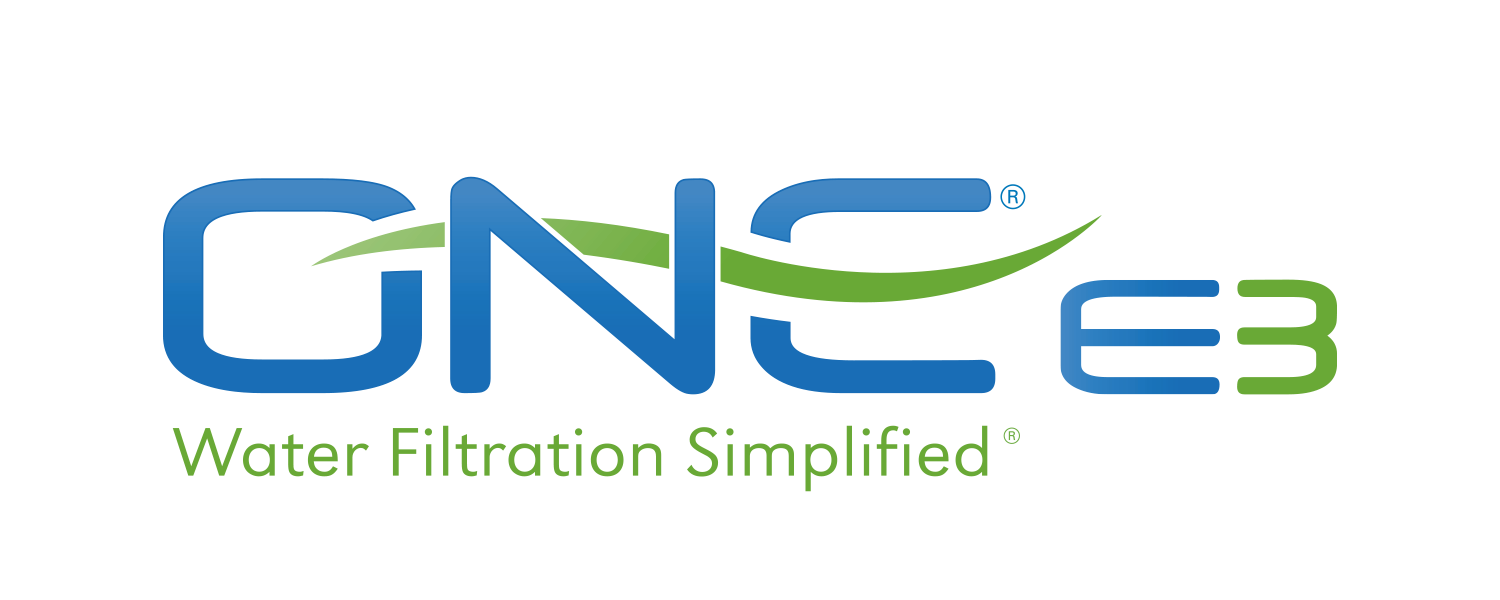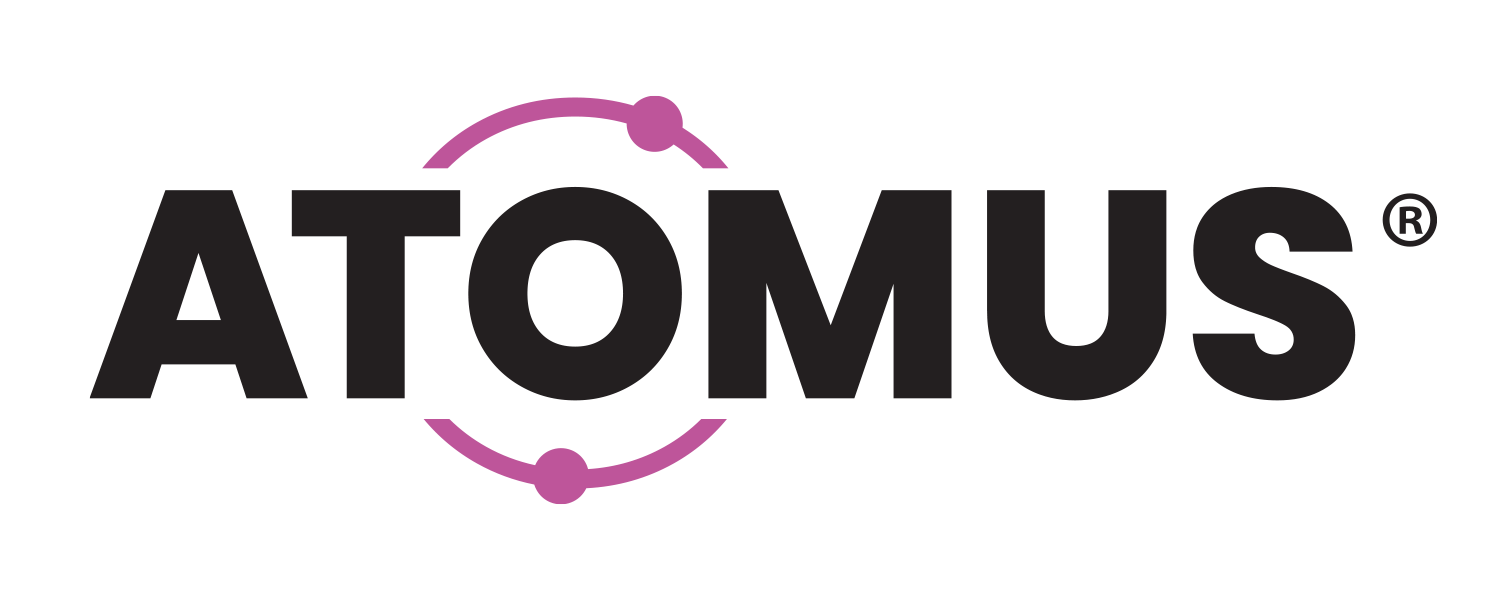According to requirements from the Environmental Protection Agency (EPA): If more than 10% of tap water samples exceed the lead action level of 15 parts per billion, then water systems are required to take additional actions like optimizing corrosion control, educating the public about lead in drinking water and reducing exposure, and replacing portions of lead service lines.
According to this article from the Pittsburgh Trib Live, Pittsburgh has exceeded the federal threshold since summer 2016. The city tested at 22 parts per billion in summer 2016, 18 parts per billion in winter 2016, 15 parts per billion in summer 2017, and 21 parts per billion for the most recent sample in winter 2017. After exceeding the limit, an authority must test below 15 parts per billion twice in a row to be cleared.
This most recent test is the first time the Pittsburgh Authority has seen lead levels increase, which means more challenges ahead. As the Trib reports:
“Water providers that exceed the federal threshold are required to replace at least 7 percent of its lead lines each year. That means PWSA is required to replace at least 1,341 lead lines a year, as it estimates it has about 17,750 lead lines total.”



